Jindřichův Hradec: City of the Golden Rose
29 January 2006 If you have noticed my blogging hiatus, here is the reason: I have been traveling around Bohemia for the last week with my Mom and step-dad. While this was not such a good reason to discontinue blogging (after all I have a mobile internet connection which, perhaps, I will eventually tell you about and relate the adventure of finding an internet connection in Brno), the brain deadness of long days of continual translating between Czech and English has disinclined me to write much. In fact, even after a whole day of rest from the family-filled visit to South Bohemia, I still don't plan to do much crafting for a special blog post.
If you have noticed my blogging hiatus, here is the reason: I have been traveling around Bohemia for the last week with my Mom and step-dad. While this was not such a good reason to discontinue blogging (after all I have a mobile internet connection which, perhaps, I will eventually tell you about and relate the adventure of finding an internet connection in Brno), the brain deadness of long days of continual translating between Czech and English has disinclined me to write much. In fact, even after a whole day of rest from the family-filled visit to South Bohemia, I still don't plan to do much crafting for a special blog post. We have reached the castle of Jindřich. The trip from Plzeň, which we planned to make by train, was made in the car of a (very) distant cousin, Jan, who generously offered to drive us. We knew he offered out of politeness more than anything, but not realizing how far the trip really is, we accepted his offer. Two-and-a-half or three hours later we alighted from the miniature Škoda hatchback, attempted to stretch our cramped legs and backs, said our goodbyes and expressed our apologies to Jan, and checked into the two-star Hotel Vajgar on Jindřichův Hradec's main square, náměstí míru (Square of Peace).
This is an old town, even by Czech standards. Early mention of it dates from the thirteenth century, and until the seventeenth century the town was among the largest communities in Bohemia. The zámek (which I usually translate as chateau, though in this case it definitely is a castle) is the third-largest in the Czech Republic, according to the propogational materials of the town. I took many pictures of the beautiful doorways, renaissance vault-ceilings, baroque chapel, and odd signs that were put up to confuse tourists, but it seems that I have forgotten my USB cable and will not be able to post any of them until a later date. For now the above picture from the town website will have to suffice.
We noticed that many of the doorways featured a five-petalled flower device. This also appears on the town crest. Apparently it represents a golden rose, the symbol for Jindřich I, an early lord of the town and its namesake. He was the son of Vítek of Prčice who owned much of South Bohemia in the late thirteenth century. When Vítek died, his land was divided among five sons, and they each adopted rose devices of a different color. Jindřich received the gold. In 1483 the letter W was added to the crest by permission of Wladislav II, and the modern town seal shows the W over the golden rose on a blue field, topped by the Czech crown and supported by two double-tailed lions (signifying Bohemia).
I am very impressed with the beauty of the town. The square is bordered in places by buildings with gothic arcades and in others with neo-classicist facades. False fronts (where the walls of the building are extended to give an impression of greater height or different shape) are common on the old buildings here; this is vaguely reminiscent of southwest American frontier towns or the mining towns of the Copper Country (upper Michigan). Hotel Vajgar was in one of the buildings on the square, but unfortunately the interior décor did not live up to the outside. The dorm-like furnishings were accented with a ventilation fan that sounded like a propeller plane about to take off, the brown carpet seemed a combination between AstroTurf and steel wool, and the third "bed" (mine) was actually a fold-out chair that had a large wooden plank running through the middle of it surrounded by too-soft padding. Otherwise the service was good, the desk clerks helpful (though they only spoke German or Czech), there was a very good restaurant across the street, and I certainly recommend breakfast option two (2). (Just tell the desk clerk "dvojka" when you check in.) We decided to splurge today and moved across the square to the Penzion 'At the Fifteenth Meridian'. We were offered the "apartment," a sort of suite with a loft and handicap-accessible restroom (a rarity in Czech hotels), and we've chosen the "Swedish Table" for breakfast.
After spending time with our distant relatives, I think my parents are officially indoctrinated into Czech beer culture. Since visiting the beer museum in Plzeň, many dinners of large portions, and Pilsner Urquell® restaurants with the relatives, we are taking a break on the alcoholic beverages. I have tried to indoctrinate them (and myself) in the subtleties of Czech beer food from the beginning, however. The night after their arrival, for example, I ordered topinky (fried bread topped with eggs, mushrooms, onions, and cheese, or other delicacies) and utopenec (a pickled sausage served with onions and bread). We have been stuffed on the large-portioned vegetarian meals (apparently if there is no meat on your plate they feel obliged to give you gigantic portions to make up for the lack of 'real' food), so tonight was a "light" dinner. I ordered "pickled" hermelín (a Camembert-like cheese). This came with onions, ketchup, mustard, and bread. It is spiced with paprika (quite hot by Czech standards) and served on oil (I gather this isn't an optional part). Though not quite as light as we had hoped, it did seem to live up to the motto of Czech restauranteurs (I'm not making this up) proclaimed by one of the advertisements in the travel guide we found at the Penzion's front desk:
"The Czech cuisine is heavy, fat, and unhealthy – but very nice."
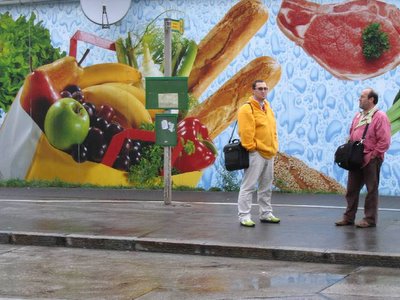


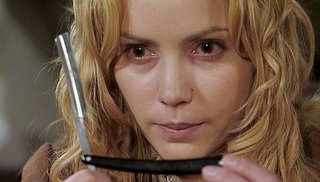



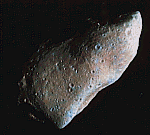




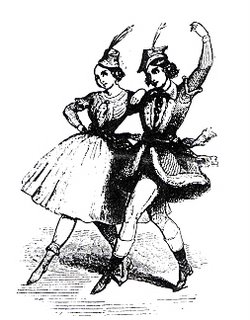

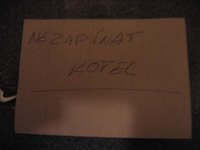

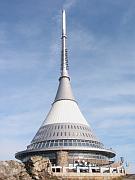
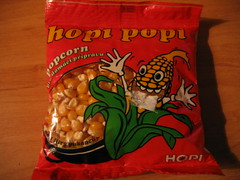
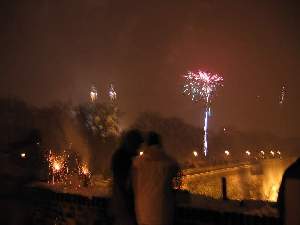




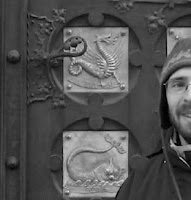 A graduate student in music and anthropology writing a dissertation about music in Moravia, the eastern third of the Czech Republic. At some point, the Czech Republic's "second city" (that would be Brno) captured my attention, and I've since been blogging about events, arts, music, and other stuff—basically whatever interests me in and around the cityscape. I'm not living in Brno now, but I keep up with the cultural pulse from afar as best I can.
A graduate student in music and anthropology writing a dissertation about music in Moravia, the eastern third of the Czech Republic. At some point, the Czech Republic's "second city" (that would be Brno) captured my attention, and I've since been blogging about events, arts, music, and other stuff—basically whatever interests me in and around the cityscape. I'm not living in Brno now, but I keep up with the cultural pulse from afar as best I can.

